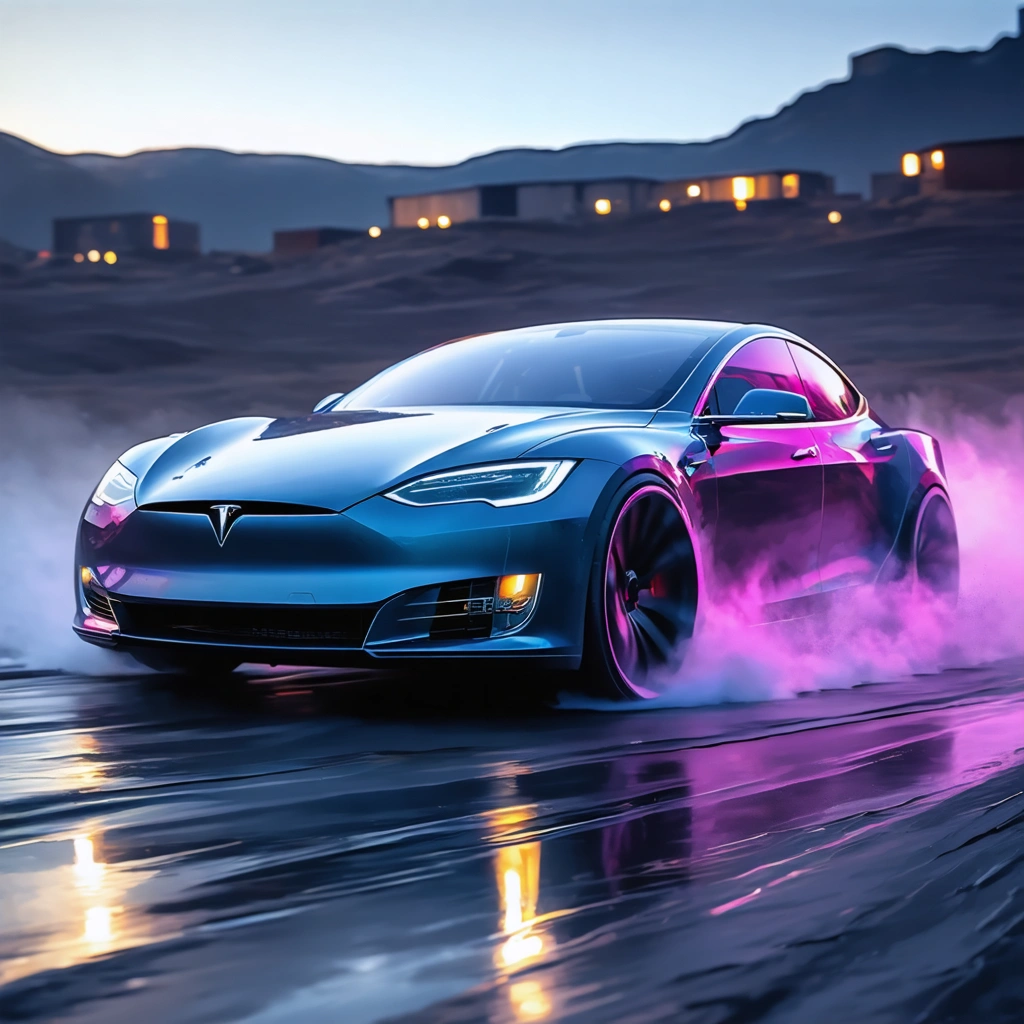
Introduction to Tesla’s Current Turbulence
The electric vehicle leader Tesla, under the stewardship of Elon Musk, has found itself at the crossroads of innovation and controversy. Recent incidents—including eggings, swastikas, and acts involving dog poop—underscore a turbulent socio-political climate. These events, often politically charged, have targeted Tesla’s charging stations and showrooms. Amid allegations stemming from Musk’s disputes with U.S. government agencies, these acts of vandalism reveal a deeper narrative of public frustration, ideological polarization, and the challenges facing a company that is both a symbol of modern technology and a lightning rod for controversy.
Overview of Vandalism and Public Outcry
Notable Incidents and Their Impacts
One of the most striking episodes occurred on the morning of Donald Trump’s inauguration day. In Salem, Oregon, a person in a long black cloak and face mask drove a cart loaded with makeshift explosives directly towards a Tesla showroom. The individual ignited several molotov cocktails, throwing them at the glass installations. The resulting chaos led to shattered infrastructure and an estimated half a million dollars in damage. This incident, recorded by security cameras and thoroughly documented by law enforcement, stands as a potent symbol of the growing discontent among segments of the public.
Additional incidents have since emerged, where:
- Tesla charging stations have been defaced by egging and graffiti.
- Swastikas were painted on the sides of Tesla vehicles and installations.
- Reports of vandalism involving dog poop scattered around key showrooms have surfaced.
The Business and Political Context
This targeted vandalism stems from broader disillusionment over Musk’s recent political stances and interactions with U.S. government agencies. Several factors converge in this situation:
- Political Provocation: Musk’s public challenges to certain federal policies have inflamed part of the population, resulting in retaliatory actions directed at Tesla’s physical assets.
- Populist Backlash: As populism rises, symbolic acts like vandalism become expressions of dissent against perceived elitism and corporate overreach.
- Media Amplification: Extensive coverage on both traditional and social media amplifies these incidents, inadvertently intensifying the cycle of reactive vandalism.
Impact on Business Operations and Corporate Strategy
Operational Disruptions and Financial Ramifications
The repercussions of these acts extend far beyond public relations concerns. Direct challenges to Tesla’s infrastructure have undoubtedly led to operational setbacks. The damage incurred not only affects the tangible assets, such as showrooms and vehicles, but also the broader consumer trust and the company’s long-term strategic initiatives.
A table summarizing recent incidents is provided below:
| Incident Location | Description | Estimated Damage | Impact Area |
|---|---|---|---|
| Salem, Oregon | Showroom attacked with molotov cocktails; significant fire damage | $500,000 | Facility and vehicle damage |
| Los Angeles, California | Charging stations vandalized with egging and graffiti | Undisclosed operational losses | Infrastructure and public perception |
| New York City, New York | Swastikas painted on vehicles in parking facilities | $150,000 | Brand reputation and security concerns |
These events represent a multifaceted threat: from increased immediate repair costs to potential long-term dips in consumer confidence. The financial strain may force Tesla to reallocate resources, strengthen security measures, and reassess its crisis management strategies.
Corporate Response and Strategic Adjustments
In the face of escalating vandalism and public backlash, Tesla’s leadership has been compelled to adapt both its operational security protocols and its communication strategy. Key measures include:
- Increased Security: Investment in advanced surveillance systems, onsite security personnel, and collaboration with local law enforcement.
- Community Outreach: Engaging directly with affected communities to rebuild trust and reduce political polarization.
- Transparent Communications: Issuing public statements that outline corrective measures and reinforce the company’s commitment to innovation despite external challenges.
These steps are designed to mitigate risk and stabilize the business environment under the current socio-political pressures. The emphasis is on not only safeguarding physical assets but also managing corporate reputation and market sentiment.
Future Outlook for Tesla Amid Political Controversy
Assessing Long‑Term Challenges and Opportunities
Looking forward, Tesla’s journey is likely to involve balancing the imperatives of innovation with the realities of public scrutiny and political conflict. The dynamics of vandalism and ideological demonstration may have long-reaching implications:
- Resilience in Innovation: Tesla’s commitment to pioneering electric vehicle technology remains robust. In spite of operational setbacks, the company continues to push the boundaries of technological innovation.
- Enhanced Security Measures: Proactive investment in the physical security of showrooms and charging infrastructure may serve as a model for protecting other high-profile firms facing similar challenges.
- Engagement with Policy Makers: By fostering open dialogue with governmental agencies, Tesla might be able to defuse some of the pressures that lead to radical public protests.
Strategic Recommendations for Stakeholders
For investors, employees, and industry observers, the following strategic recommendations may be helpful in navigating the current climate:
- Risk Mitigation: Develop contingency plans addressing potential vandalism and disruptions. This includes geographic diversification and enhancing local security infrastructure.
- Brand Resilience: Invest in building robust crisis communication platforms to articulate the company’s position and secure stakeholder confidence.
- Market Adaptation: Re-assess marketing strategies to realign the brand message in a way that resonates with a politically diverse consumer base. Emphasize innovation and community-led projects to offset negative perceptions.
- Collaborative Policy Making: Engage with regulatory bodies and policymakers to carve out strategies that protect business interests while accommodating growing societal shifts.
Conclusion: Charting a New Course Amid Uncertainty
Strategic Paradigm Shifts for a Turbulent Era
The acts of vandalism targeting Tesla illustrate the complex relationship between corporate actions, political ideologies, and social unrest. Whether it is the dramatic display of molotov cocktails at a Salem showroom or the covert defacement of Tesla properties across America, each incident reinforces an urgent need for companies to evolve. Tesla is at the forefront not only of electric vehicle technology but also serves as a case study in managing modern corporate risk in an era rife with political volatility.
In summary, Tesla’s experience reveals several important lessons for businesses in a polarized environment:
- Proactive Risk Management: Utilizing a blend of technology and human oversight to guard against physical and reputational threats.
- Transparent Engagement: Maintaining clear lines of communication with both consumers and regulators helps to diminish the impact of adverse events.
- Adaptive Strategy: Being prepared to pivot from conventional business models and invest in security measures while reaffirming commitment to innovation.
Looking toward the future, Tesla’s ability to navigate these challenges will not only determine its own market resilience but may also serve as a blueprint for other companies battling the dual forces of technological disruption and socio-political instability. The company’s continued emphasis on innovation and strategic transparency could ultimately transform these challenges into opportunities for reinforcing brand identity and market confidence.
This tumultuous period demands a thoughtful approach that balances aggressive innovation with pragmatic risk management. Stakeholders must appreciate that while acts of vandalism can disrupt operations and hurt public image, they also provide an impetus for the company to recalibrate its business strategies and fortify its market positioning in an increasingly unpredictable environment.




